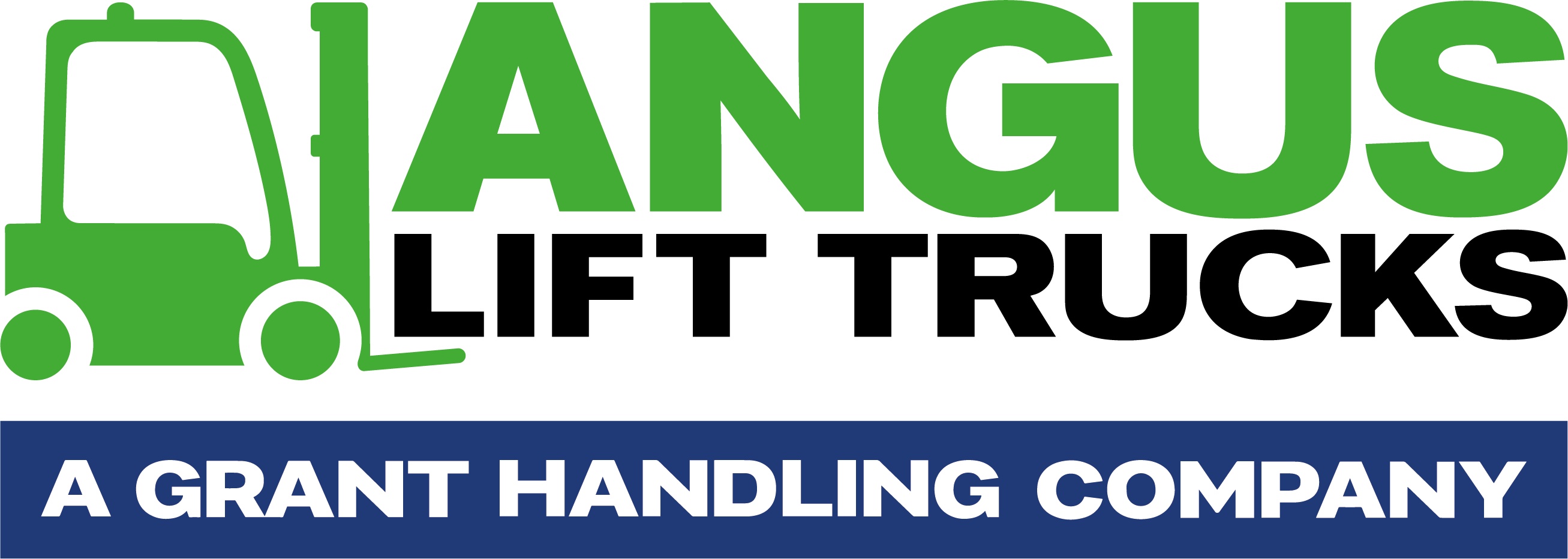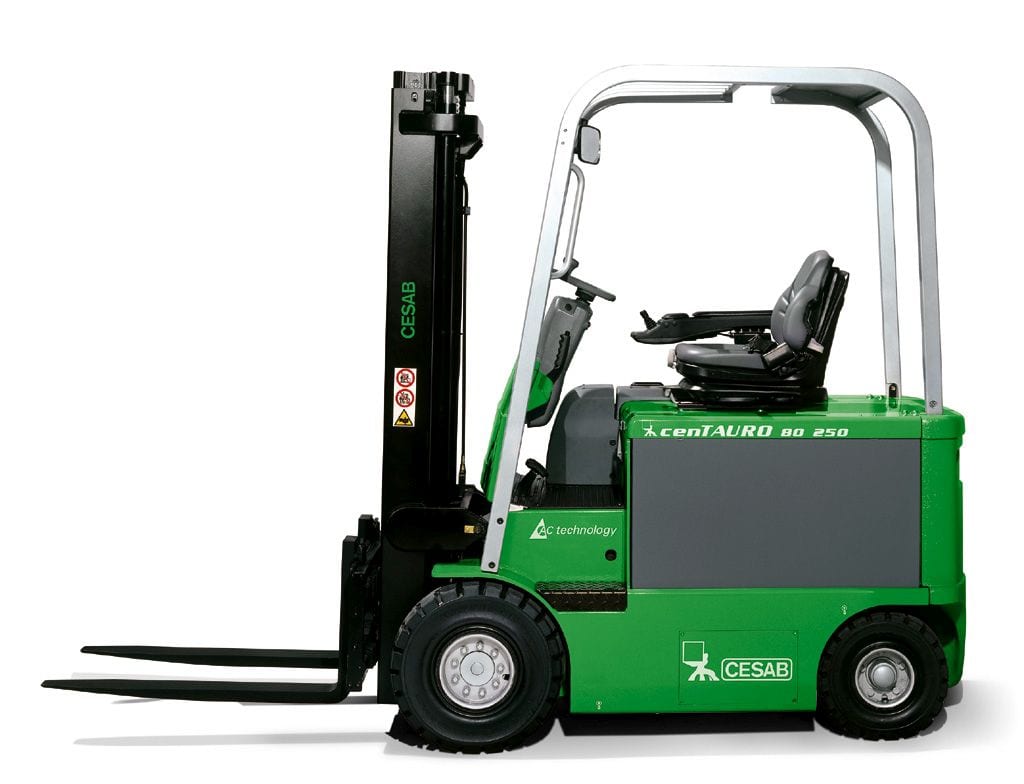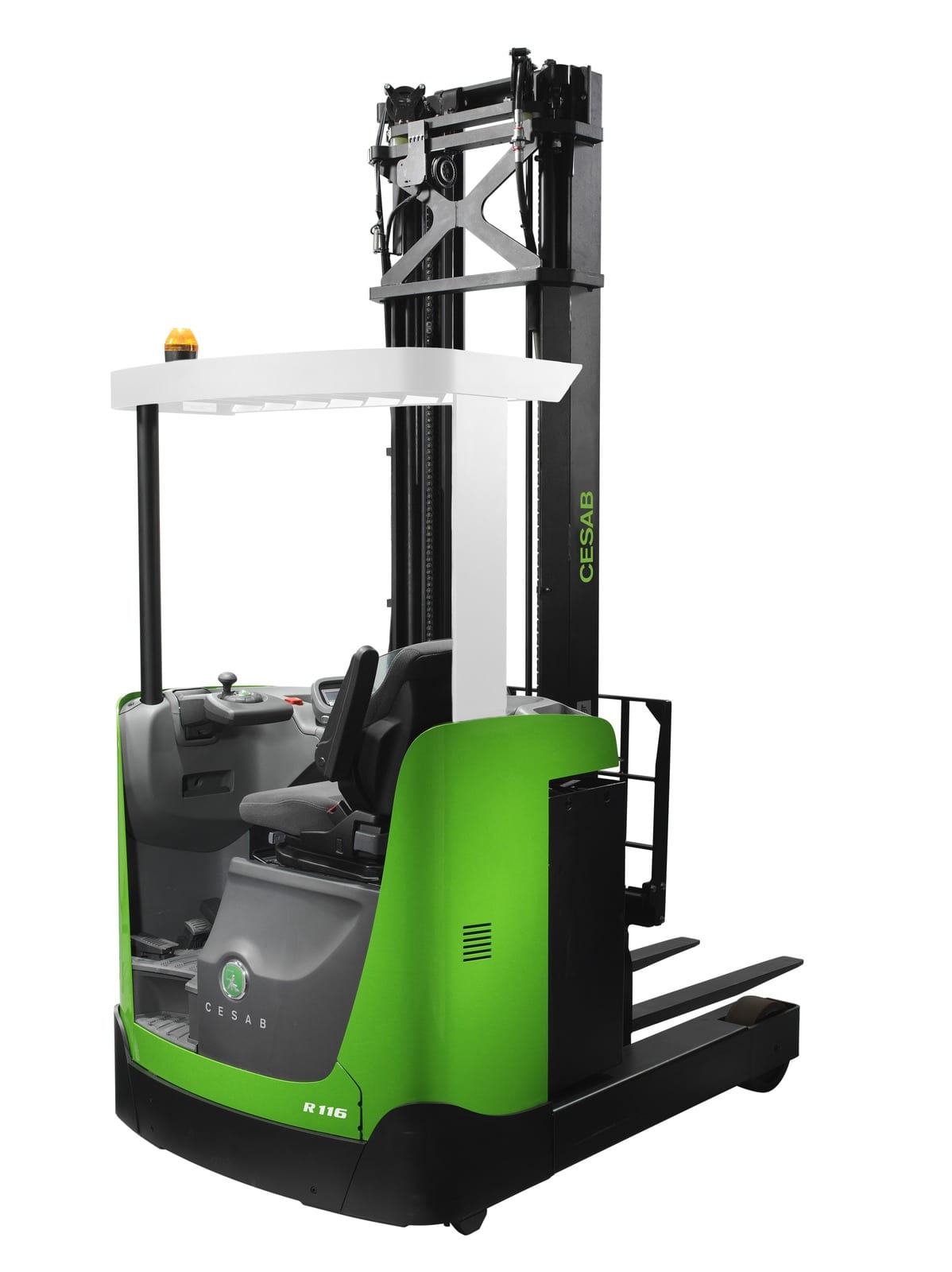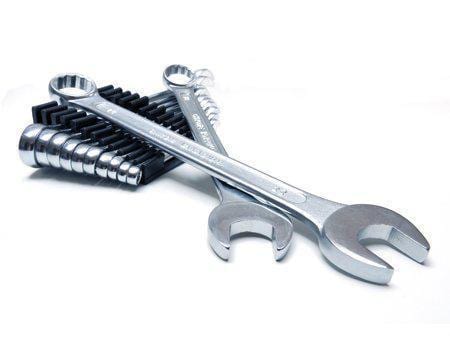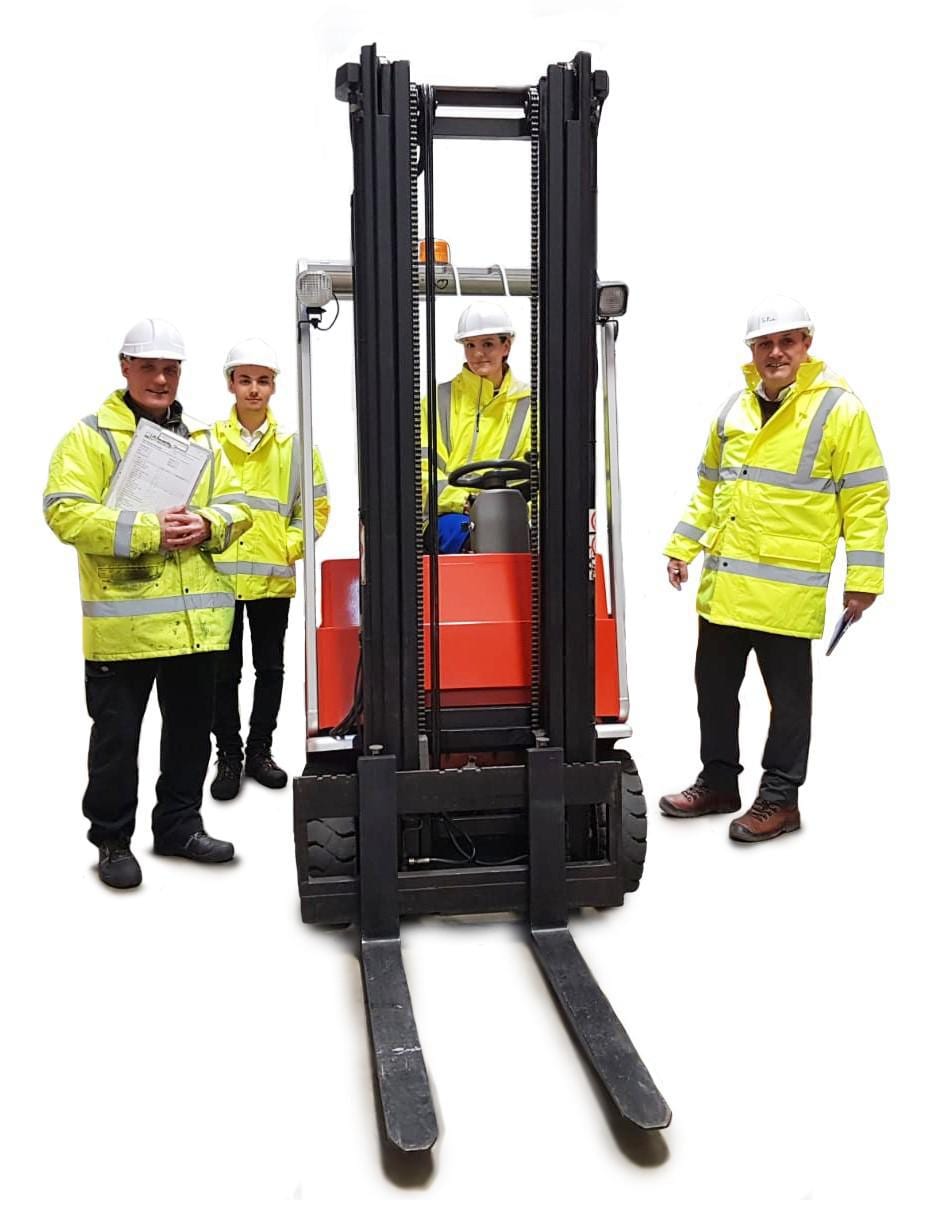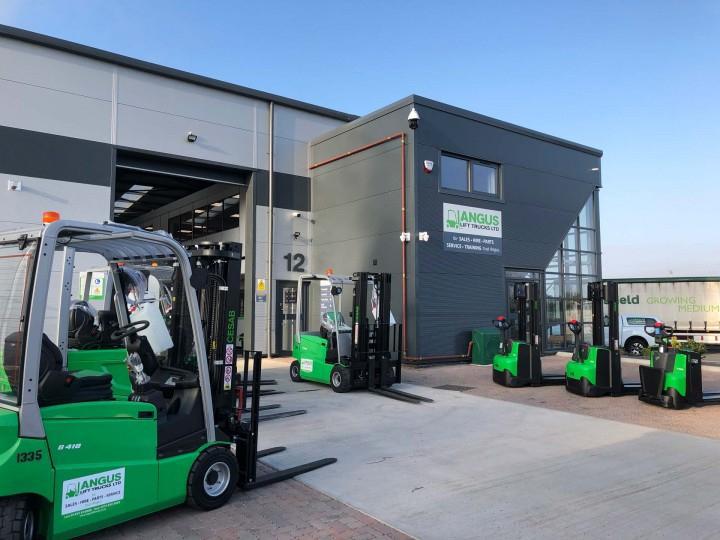Welcome to the best source for forklift theory test questions and answers in 2023. We are here to help you feel confident with forklift test questions and forklift theory answers so you can pass your forklift certification test with flying colours.
If you have your forklift certification test coming up, you have probably been studying many of the legislative laws. These laws surround forklift operations and all safety guidelines you must follow in the workplace.
To help you prepare, this is an overview of the flt theory test questions most commonly answered incorrectly. To ensure you are prepared for the trickiest of questions, you should study this guide and the forklift theory test answers we have provided so you know what the curveballs on the test may be.
Counterbalance forklift theory test questions and answers can be tough on the test, but forklift theory is crucial for operators to understand.
Forklift Theory Test Questions and Answers 2023
Forklift training questions and forklift truck test questions cover a wide range of information. To prepare you for the forklift questions theory test, try to memorize and understand these common test questions that many forklift drivers miss when trying to get their certification. These reach truck test questions and answers will be a massive help when the test rolls around.
Study the counterbalance forklift theory test questions and answers extra hard as they are super important when operating a forklift.
1. Before operating a forklift in a work environment, who does the operator need to get written authorisation from?
Forklift operators need to have written permission from their employer. Operating a forklift without written authorisation could result in termination and void your certification.
When taking the forklift truck theory test, note that it’s the responsibility of the employer, not the forklift training instructor, to issue an authorisation to operate. All operators need one, whether they use a forklift full-time, occasionally, or very rarely. Authorisation is specific to the tasks the operator completes.
2. What is meant by the term “load centre”?
It is a measurement from the front face of the fork arms back to the centre of gravity of the load being carried by the forklift.
Knowing the load centre is essential for maintaining stability as it represents the forklift’s tipping point. If exceeded, it can result in injury and damage to the load and forklift truck. When answering forklift test questions, be aware that load centres change depending on what’s being lifted and how.
3. What is an approved code of practice?
This code is the practice of advising duty holders on complying with legislation. The approved code of practice ensures a safe working environment and knowledgeable forklift operators.
The Health and Safety Executive code is aimed at employers and people responsible for the safe operation of forklifts. This includes those in charge of worksites, the self-employed, managers and supervisors. It gives guidance on training, forklift features, safe use, protecting pedestrians, and the maintenance and thorough examination of forklifts.
4. Concerning lift trucks, what does it mean to “free lift”?
Free lift is the distance the forks can raise up before the mast starts to extend. Free lift is crucial to understand and study because it will prevent tipping and hazardous forklift accidents.
Forklifts with ‘limited free lift’ need more overhead space so the mast can raise higher than the load when lifting it. The forks in trucks with ‘full free lift’ can raise higher without the mast extending, so are better and safer to use in places that have restricted overhead space.
5. When transporting a palletised load, how much back tilt is required?
The back tilt must be sufficient to cater for the type of load as well as the ground conditions. When determining tilt and load capacity, you always need to account for the environment the machine operates on.
Only use enough back tilt to stabilise the load, otherwise, the forklift will become unbalanced. To avoid instability, never use the full range of tilt with the forks raised loaded or unloaded. The heaviest part of the load should be up against the carriage when the mast is tilted back.
6. A lift truck’s “rated capacity” applies when the mast is in what position?
When the lift truck is in the vertical position on a flat and level ground. The position means there is no slope or unevenness, and the surface the forklift is on does not have rocks or debris.
During the forklift training test, be aware that the rated capacity is the maximum theoretical load a forklift can safely lift. This is often different to its actual load capacity. Factors affecting rated capacity include increasing load length, uneven load distribution, adding attachments, different wheels, battery weight and fork type.
7. Who does Healthy and Safety legislation place responsibility on concerning safe working conditions?
Every single person on the working premises is responsible for safe operations. Everyone is held accountable for taking proper safety measures and operating machinery with caution.
When answering this theory test question, state the onus is on employers, but workers also have a duty to look after their own health and safety and that of others affected by their actions. Workers should always co-operate with employers and co-workers to help everyone meet their legal requirements.
8. Why should the forks/attachments face downhill when an unladen counterbalance is on an incline?
Facing downhill in this situation improves stability, traction, and adhesion. In the counterbalance theory test, state this applies whether the operator is driving the unloaded forklift up or down the incline, and whatever its gradient. The forks should be raised to the minimum amount to safely clear the ground. Low gear and slow speed should always be used on slopes.
9. Why is there an increased risk of the truck tipping forward when tilting a load forward at height?
The combined centre of gravity shifts forward, causing a tipping hazard that can lead to operator or bystander injury. In the reach truck theory test, highlight that these trucks are designed to safely reach much higher than counterbalance trucks as they have two, side-extending legs that spread load weight. If the centre of gravity in a counterbalance falls outside its triangle of stability, it is more likely to tip.
10. The job of enforcing the 1974 Health and Safety at work act is whose responsibility?
Health and Safety executives and local authorities are responsible for enforcing this act. Inspectors from the Health and Safety Executive and local authority have the right to enter a workplace and talk to employees and safety representatives. They investigate accidents and when complaints are made. They can take enforcement action, require an employer to manage risks properly, and provide compliance advice and guidance.
Looking to Buy or Hire

a forklift?
With 35+ years of experience, we offer our most competitive rates, flexible finance, 4h service promise & more!
11. What must you do when approaching an intersection on a forklift?
Slow down and sound your horn before proceeding through the intersection. Sounding the horn will warn pedestrians and other vehicles of the approaching forklift. If it’s loaded, the operator’s vision may be obscured. In this case, it’s even more important to sound the horn to avoid an accident or injury. Concave mirrors can help operators see around blind spots.
12. How do you proceed when forward visibility is obstructed or blocked?
Drive the forklift in reverse if you have visibility in that direction. Certified forklift operators should be able to operate the machine just as well in reverse as they can when moving forward. Give specific examples when answering forklift training questions. State the need to always look in the direction of travel, as obstructed visibility increases the risk of accidents, such as a collision, falling load, hitting pedestrians, or the forklift falling off the loading dock. Use spotters, rear view mirrors and headlights.
13. What is necessary before entering a railroad car or trailer on a forklift?
The trailer or railroad car is securely locked in place using wheel chocks. Forklifts are usually driven onto a railroad car or trailer over a dock board or bridge plate. If the trailer or car is not secured with wheel chocks, it may move forward. If this happens, the dock board can drop between the dock and the trailer as the forklift crosses.
14. What should your first concern be as a forklift operator?
A forklift operator’s first concern should be that the machine is in safe and proper operating condition. Inspect the forklift at the start of the day or shift, whichever is first, with the key off, and when running. Examine the tyres and oil, water, and hydraulic fluid levels. Check for water, oil, and radiator leaks. Ensure forks are undamaged. Test the brakes, lights, horn, and steering wheel.
15. What are three signs a forklift is not in safe working condition and must be retired?
- Leaks from the fuel system
- A spongy or squishy feeling brake pedal
- Exhaust fumes that make you feel sick
Other signs include faulty steering, the mast not raising or lowering properly and engine overheating. Poor traction could mean worn tyres. When answering this forklift theory test UK question, state that defects found during an inspection, or whilst in use, must be reported immediately and the forklift removed from service.
16. Is it easier to bring a forklift or an automobile to a complete stop, and why?
It is easier to bring an automobile to a complete stop because it weighs less than a forklift. Another reason is that forklifts have rear-wheel drive, which makes them less responsive than front-wheel steered cars. However, this difference allows the forklift operator to load more accurately, manoeuvre precisely in tight spaces, and have better load transfer and stability, as most of the weight is carried at the front.
17. When driving on ramps with a grade of 10 percent or more with a loaded forklift, what direction should you carry the load?
In this situation, you need to carry the load uphill, even if that means driving in reverse. This will prevent the load from falling off. Adjust the tilt to suit the gradient. Raise the forks to the necessary height to clear the ground. Never turn on a slope as the forklift is likely to tip. Look in the direction of travel and keep a safe distance from the ramp edge.
18. When lifting a laden pallet, what should the forklift adjustment be set to?
The fork arms should be spread so the weight is distributed evenly on both forklift arms. To lift safely, have the pallet close to the front wheels and keep the mast upright before fully inserting the forks. They should be at least two-thirds the length of the load and fit easily into the pallet. Align and centre the forks evenly. Incorrectly spaced forks can cause damage.
19. Why should you give sharp and short blasts when using the forklift horn?
One continuous honk will not garner as much attention to let people know you are coming. The horn is a very important forklift safety feature and should be used when at the end of aisles, blind corners, and intersections. The operator must sound the horn when entering any unseen area or driving past places, such as a canteen or washroom, where there will be other workers.
20. What is the main purpose of the overhead guard?
To protect the forklift operator from falling boxes or other items that could cause injury. The overhead guard is like a cage, which the operator can look up through when placing and retrieving loads. Although an essential safety asset, it cannot protect against all impacts. Additional operator protection includes wearing a hard hat and keeping feet and hands within the forklift to avoid falling loads.
Looking to Buy or Hire

a forklift?
With 35+ years of experience, we offer our most competitive rates, flexible finance, 4h service promise & more!
21. Can you name four safety checks you should make before loading on or off a curtain-sided or flatbed lorry?
Loading or unloading goods from a curtain-sided or flatbed lorry can go wrong if drivers neglect safety protocols. The are four main checks that a driver should take in this situation. Firstly, they should ensure that the lorry’s brakes or wheels have been choked securely.
Secondly, they should examine the lorry bed condition and height, width, and level of the bed, and, in the case of a curtain-sided lorry, ensure the curtains are safely out of the way.
Next, they should consider the lorry driver and where he is in relation to the lorry and the forklift truck, ensuring he is out of harm’s way. Finally, they should determine if the lorry is semi-supported, and if so, ensure a support stand is placed under the trailer.
22. What effect can ground conditions have on a forklift truck?
Ground conditions are something that forklift truck drivers must pay close attention to for several different reasons. Bad weather can make surfaces icy or wet, while loose or uneven ground conditions are common on construction sites.
The effects of ground conditions include making a forklift truck unstable or causing a loss of adhesion drinking braking, turning, or accelerating. Finally, ground conditions can also cause damage to both the truck and the load.
10 Tips for Passing Your Forklift Theory Test in the UK
If you want to learn how to drive a forklift confidently and comfortably, it’s time to prepare for your forklift theory test. Keep reading to find out some basic yet often overlooked tips for passing your forklift theory test.
Learning to be a certified forklift driver is more than reading a couple of books for your reach truck or counterbalanced flt theory test; it requires practical forklift training and hands-on preparation.
In the theory test, forklift trainees must demonstrate their skills by closely following the trainer’s instructions. The forklift theory test touches on various important factors of a real work environment, such as:
- Potential forklift driving hazards
- Dangers involved with driving different kinds of trucks
- Conditions in the workplace that can cause accidental risk or hazard to fellow workers, such as:
- Road conditions
- Machinery
- Forklift operator behavior
- Operating in hard-to-reach areas
You may also like these Forklift Theory Questions and Answers videos we found on YouTube….
You may also like
FAQs – Beyond forklift theory test questions and answers
How many questions are on the flt theory test in the UK?
While the number of test questions may differ based on the test taken, be prepared to answer between 20 and 40 questions on the test.
Do I need a forklift license to drive a forklift?
Yes, a forklift license is required to drive a forklift, which you can obtain through training, and taking your forklift theory test, and of course the practical exam too.
At what age can you get a forklift license?
According to the HSE, a person must be older than the minimum school leaving age (MSLA), with the exception of ports where the driver must be 18 years or older to pass their flt theory test, and subsequently operate a forklift.
Where can I train for forklift theory and practical test ?
Does a forklift license expire?
Once you passed both your theoretical and practical test examination, there is technically no expiration date for a UK forklift license. However, the HSE recommends that you take a refresher course every three years to renew your certification.
Final Advice For Test Prep
These forklift training questions should be a huge help when you’re getting ready for your forklift questions theory test. Forklift test questions and answers 2022 focus on reach truck test questions and answers, so pay extra special attention to those during your study time. Keeping the forklift theory tests questions and answers in mind as you review your training material will make the real test much easier.
We hope this guide was informative and good luck with your certification test!
Of course, at Angus Lift Trucks we have ample experience in lift truck training courses in the UK and across the Midlands, in and around areas like Leicester, Nottingham, Northampton, Birmingham, Warwick, Derby, East & West Midlands. And, if you intend to buy a forklift, rent a lift truck, or service your forklifts in the UK, do get in touch with our team at Angus Lift Trucks
This post is also available in:
Français
Deutsch
Italiano
Português
Español
Български
Hrvatski
Eesti
Latviešu
Lietuvių
Polski
Português
Русский
Slovenčina
Slovenščina
Türkçe
Українська
Albanian
Čeština
Dansk
Nederlands
Ελληνικά
Magyar
Română
